
Introduction
Leonardo da Vinci is a name synonymous with genius. His contributions to art, science, and engineering are unparalleled. Among his lesser-known yet equally brilliant inventions is the self-supporting bridge. This bridge is an excellent example of Leonardo’s ability to blend functionality with elegance. But what exactly makes this bridge so special, and why is it still discussed today? Let’s delve into this ingenious creation’s history, design, and legacy.
Table of Contents

The History of the Self-Supporting Bridge
Leonardo da Vinci designed the self-supporting bridge in the late 15th century. This time was of immense creativity and innovation, particularly during the Renaissance. The bridge was part of a larger body of work that showcased Leonardo’s versatility and forward-thinking approach. The primary purpose of this design was for military applications—soldiers could quickly construct it without the need for nails or ropes, allowing for rapid deployment and retreat.
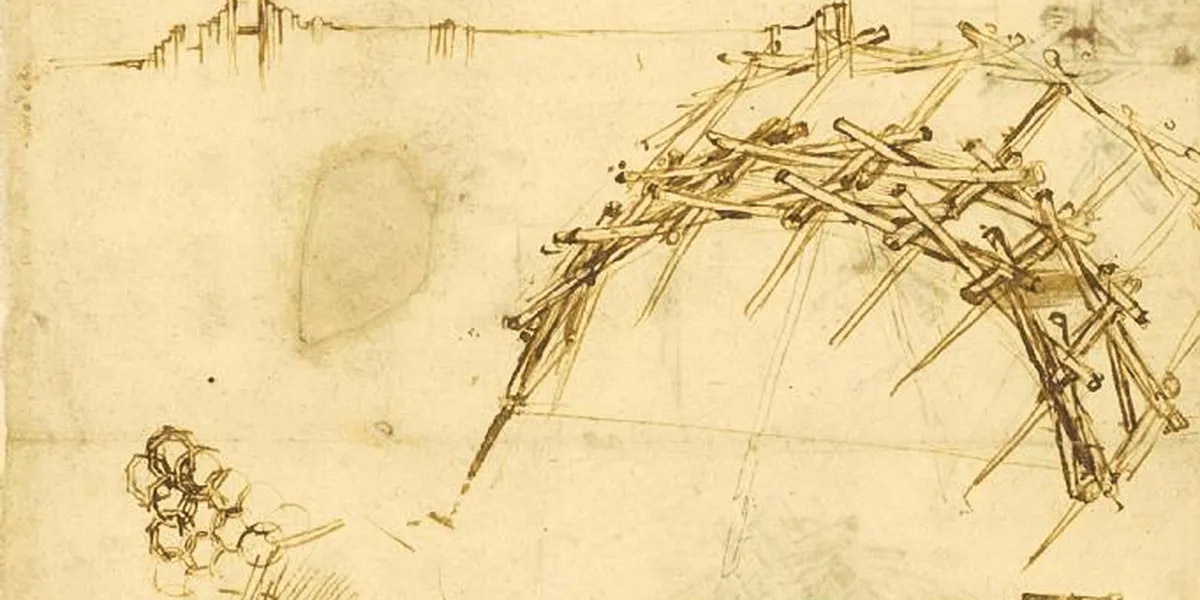
Leonardo da Vinci’s Vision for Engineering
Leonardo was much more than a painter; he was a visionary in engineering. His early works in this field laid the foundation for his later inventions. The self-supporting bridge is a testament to his ability to combine practical needs with innovative design. His vision was to create structures that could be easily assembled, disassembled, and carried, which was a radical idea at the time.
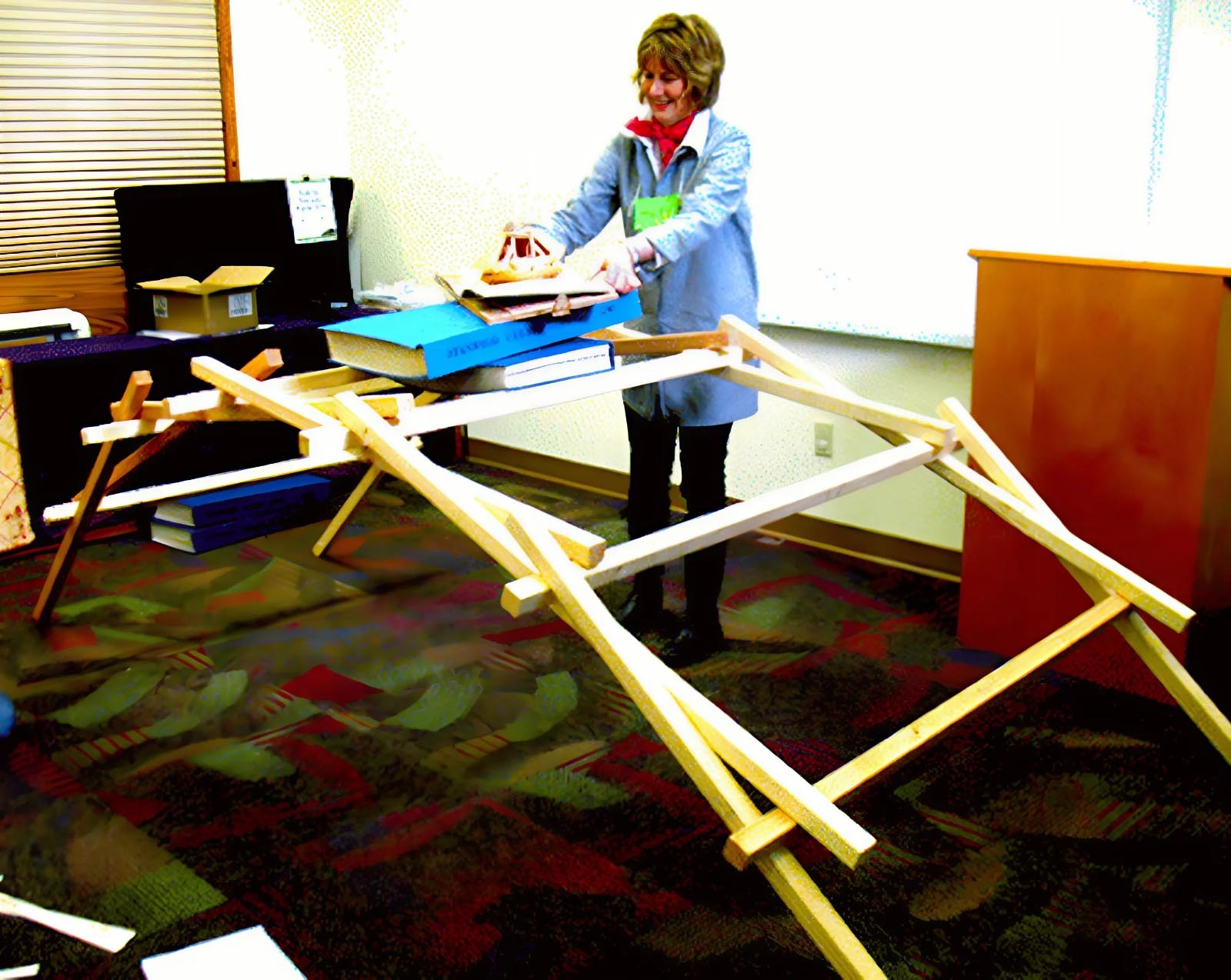
Design and Structure of the Bridge
At first glance, the self-supporting bridge may seem simple, but it’s a masterpiece of design. Leonardo used wooden beams, carefully arranged in a crisscross pattern, that interlock without the need for any fasteners. This is what makes the bridge “self-supporting.” The key elements of this structure include:
- Materials: Typically, wood was used due to its availability and strength.
- Structure: The beams are placed at specific angles, allowing them to bear weight through compression and tension.
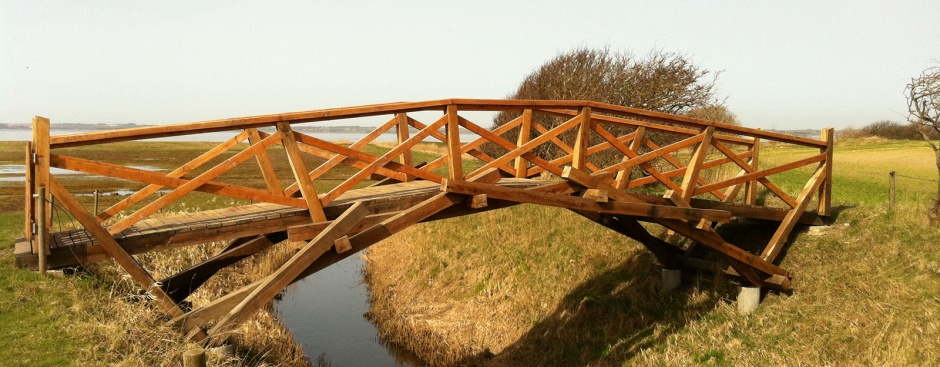
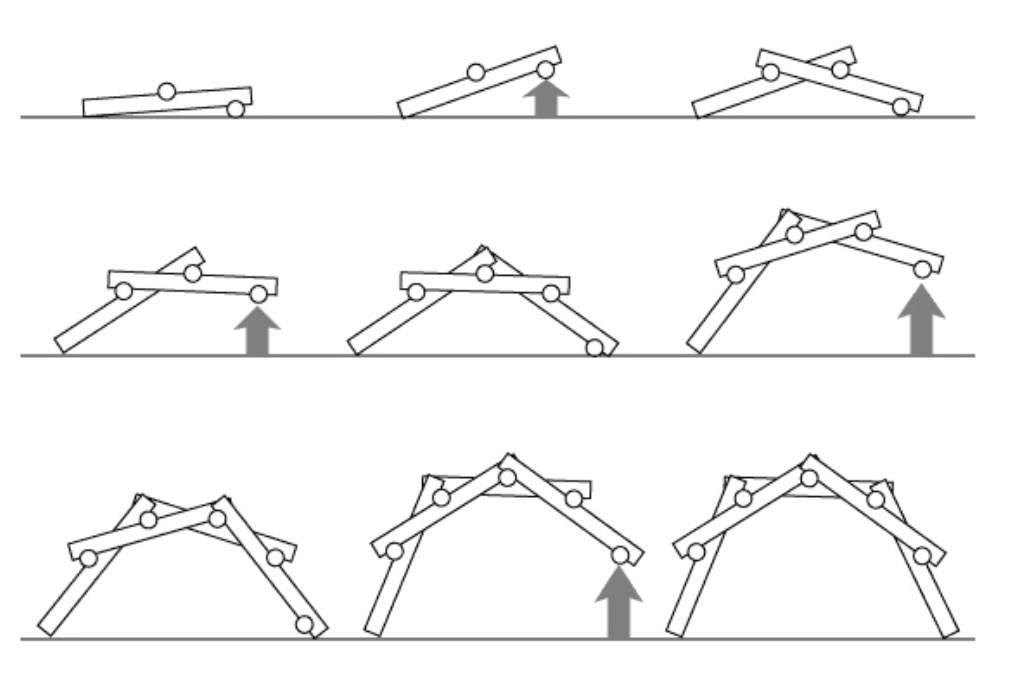
Principles Behind the Self-Supporting Design
The bridge’s genius lies in its simplicity. The mechanics of the bridge rely on tension and compression. When weight is applied to the bridge, the beams push against each other, creating a stable structure. No nails, ropes, or glue are necessary. The design ensures that the more weight applied, the stronger the bridge becomes.
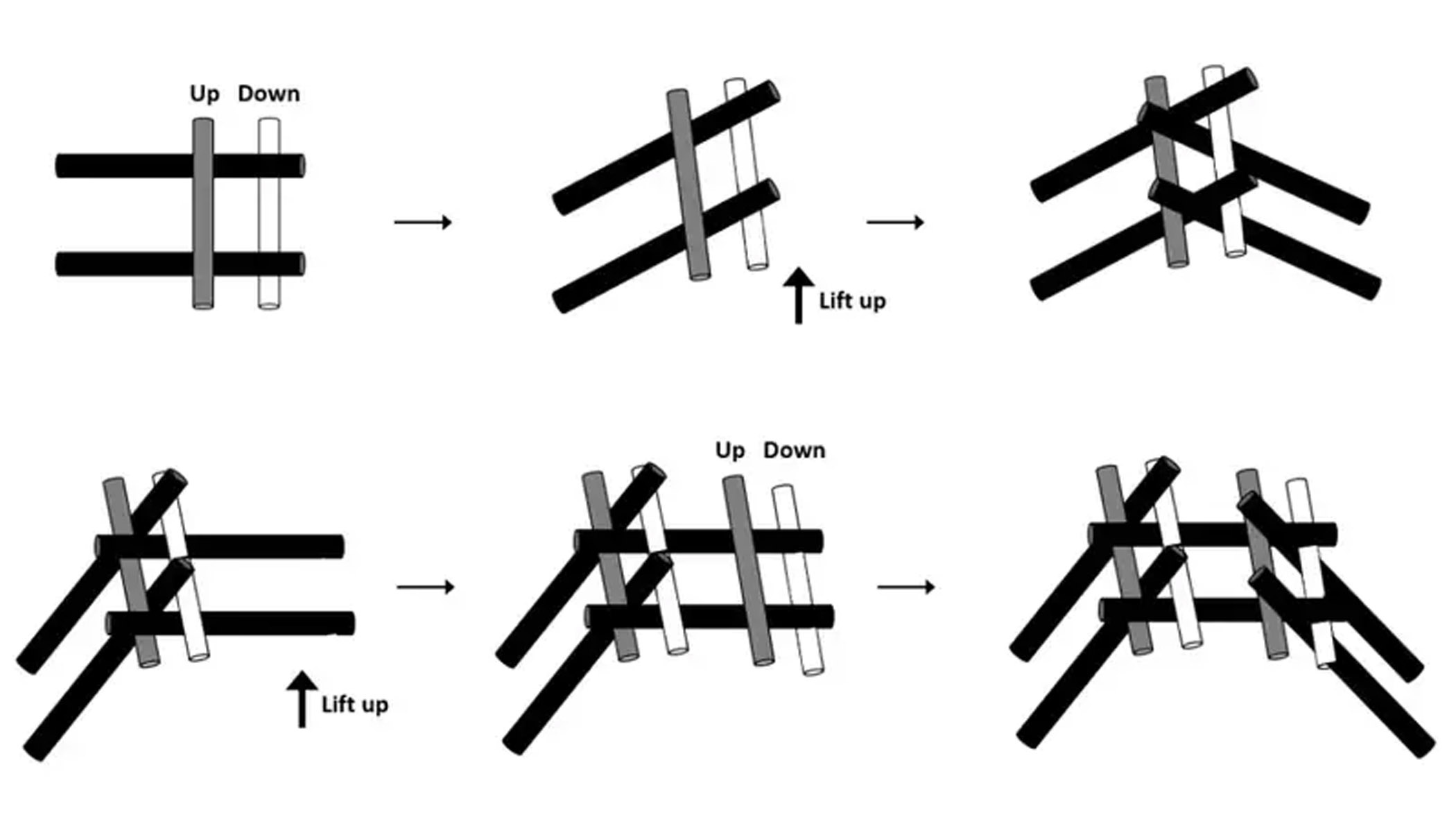
Construction Process
Building Leonardo’s self-supporting bridge is as fascinating as the design itself. Here’s a basic step-by-step guide:
- Arrange the base beams: Lay the beams on the ground in a crisscross pattern.
- Interlock the beams: Connect them by placing them at angles that allow them to lock into place.
- Stability test: Once the beams are interlocked, test the bridge for stability by applying weight.
Challenges faced during construction often included ensuring that the beams were of the correct size and angle to interlock perfectly.
Applications of the Self-Supporting Bridge
Historically, this bridge was used for military purposes. Its ability to be quickly assembled and disassembled made it ideal for armies on the move. In modern times, the self-supporting bridge has found applications in temporary structures and educational demonstrations.

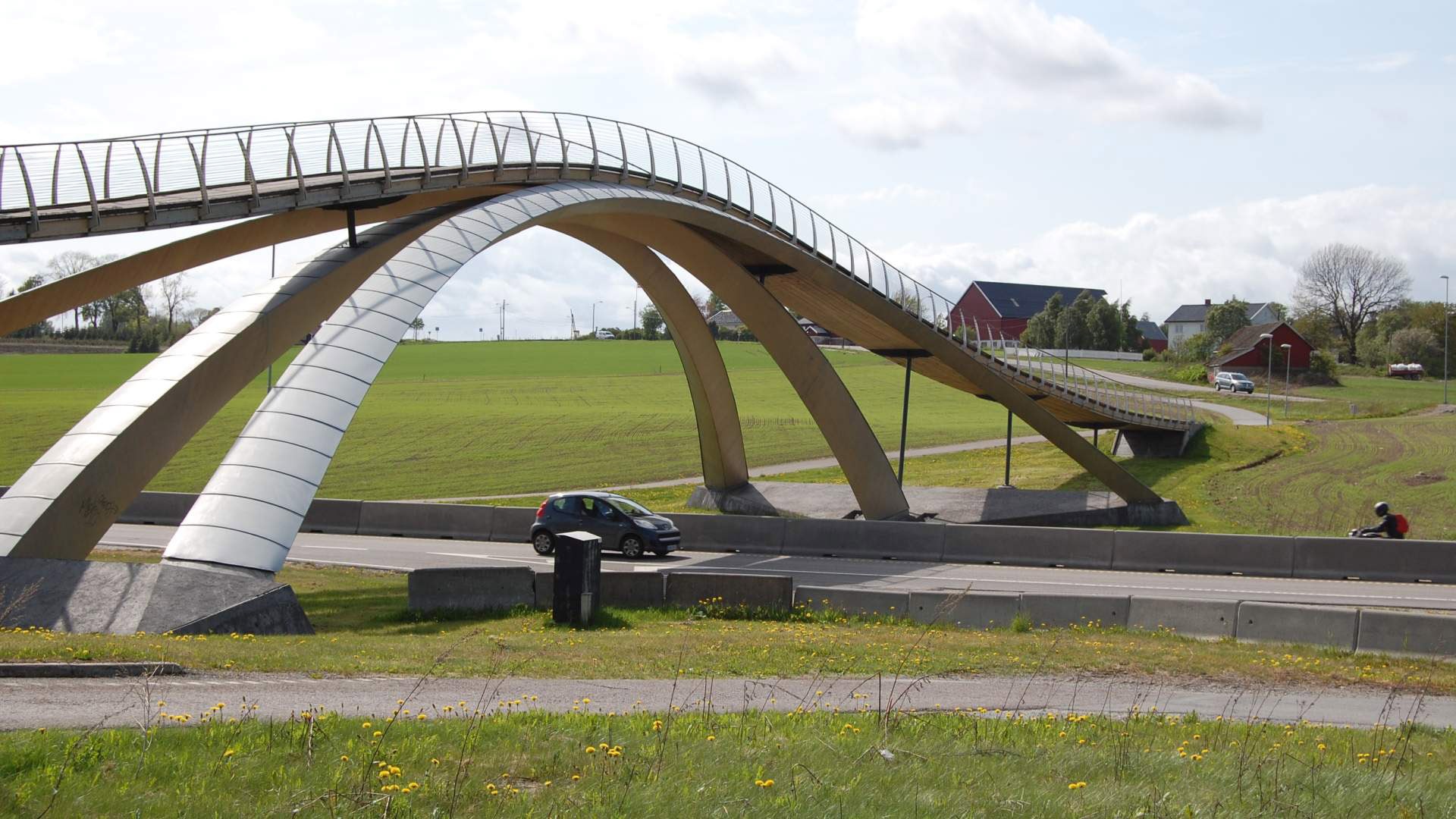
Why the Bridge Is So Important
The self-supporting bridge is not just a relic of the past; it’s a symbol of engineering innovation. Its impact on both engineering and architecture cannot be overstated. This design has influenced countless other structures and has paved the way for new methods of construction.
Comparison with Other Bridge Designs
During the Renaissance, there were other bridge designs, but none quite like Leonardo’s self-supporting bridge. While most designs relied on permanent materials and fixtures, Leonardo’s bridge stood out for its simplicity and mobility. Comparing it to modern bridges, it’s clear that while technology has advanced, the principles of tension and compression remain relevant.
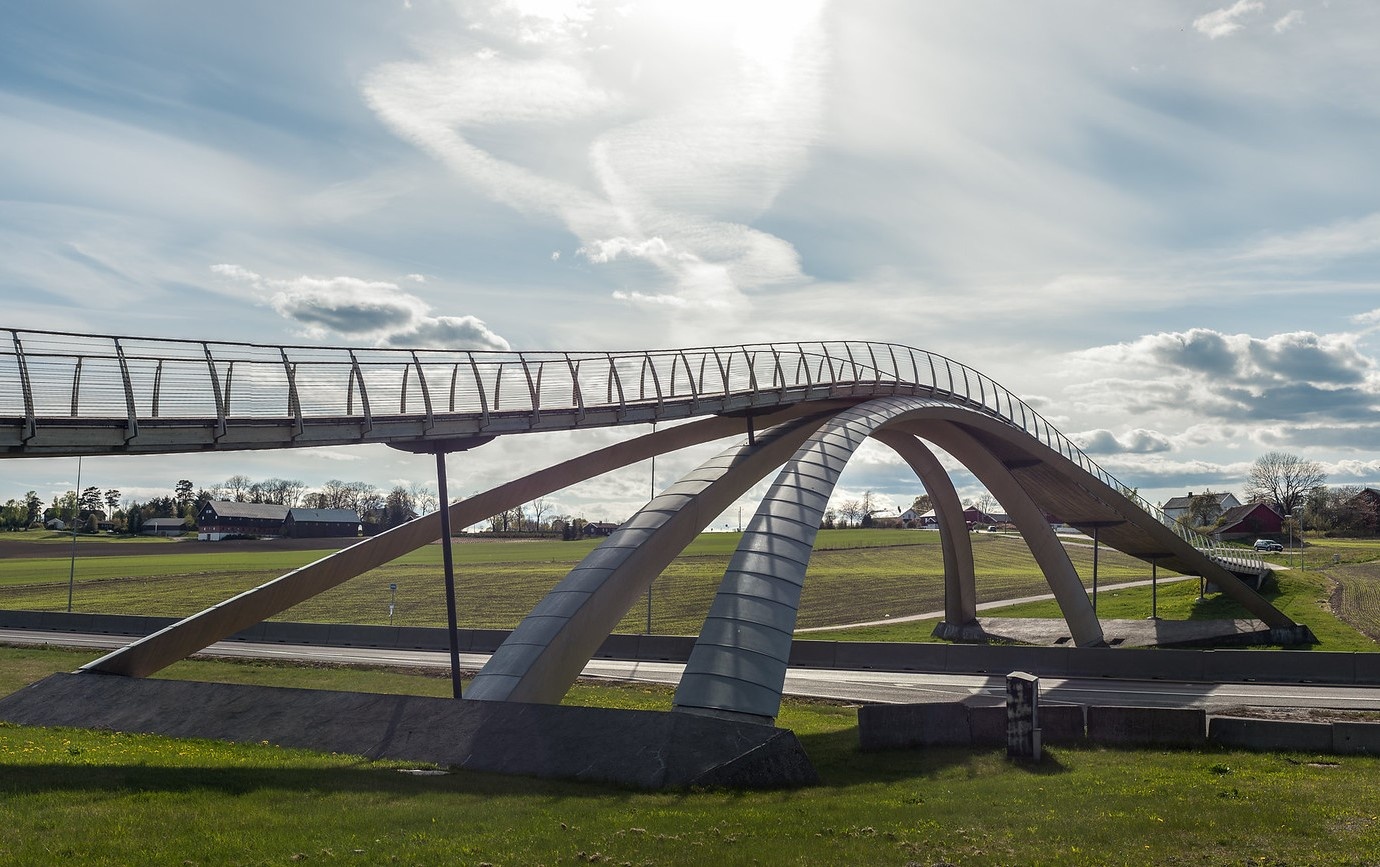
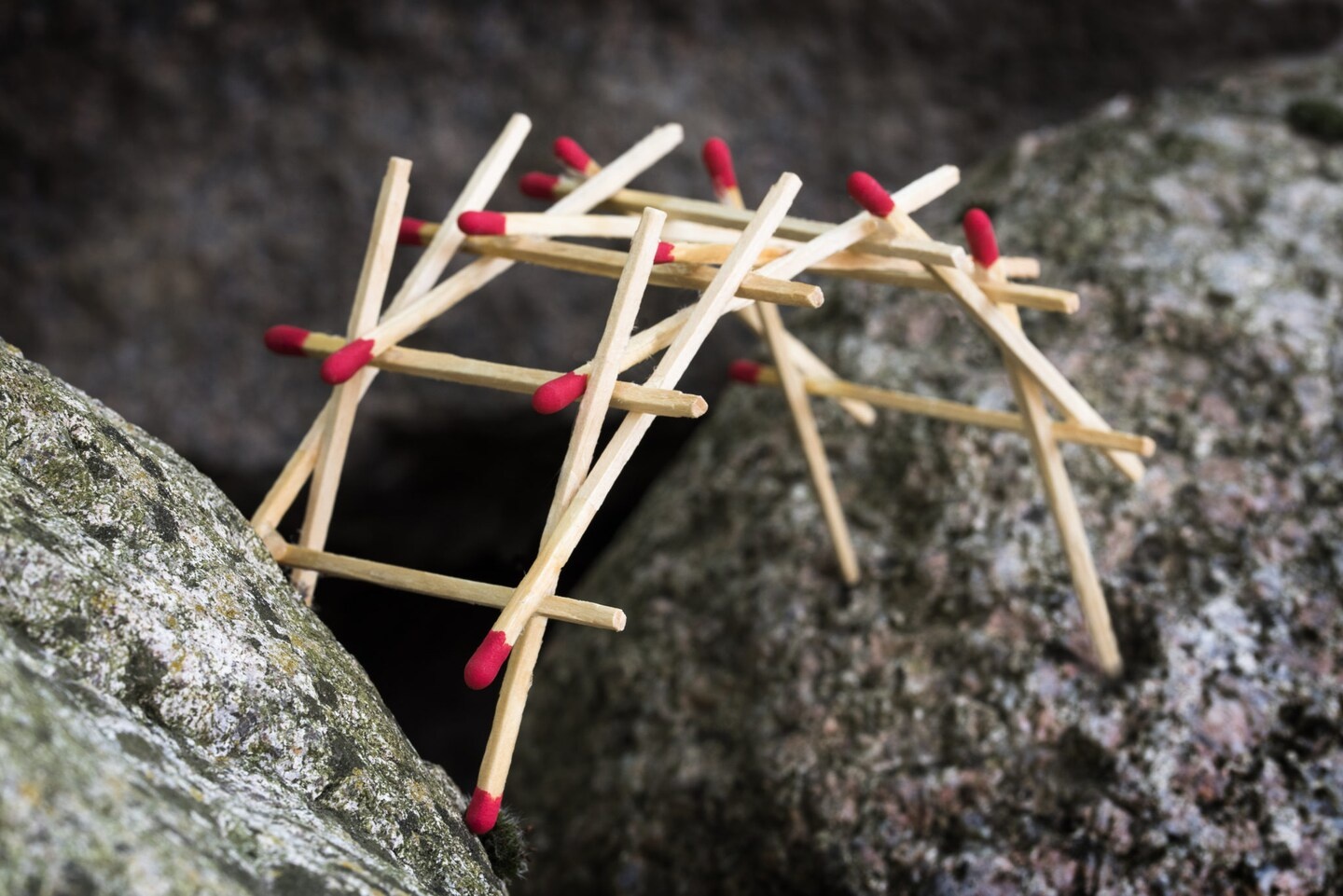
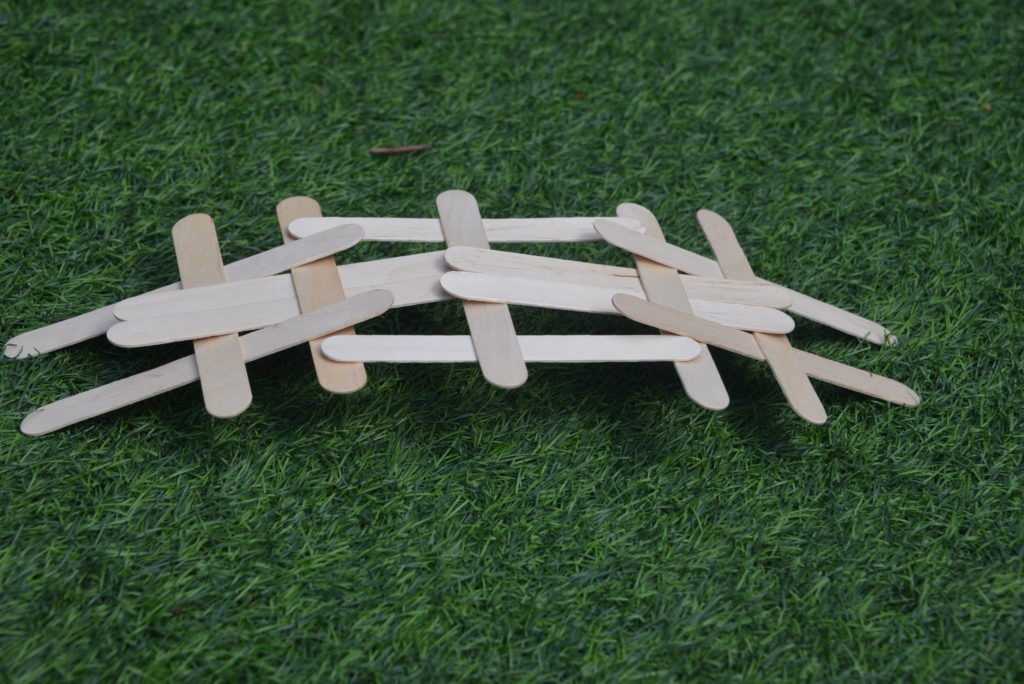
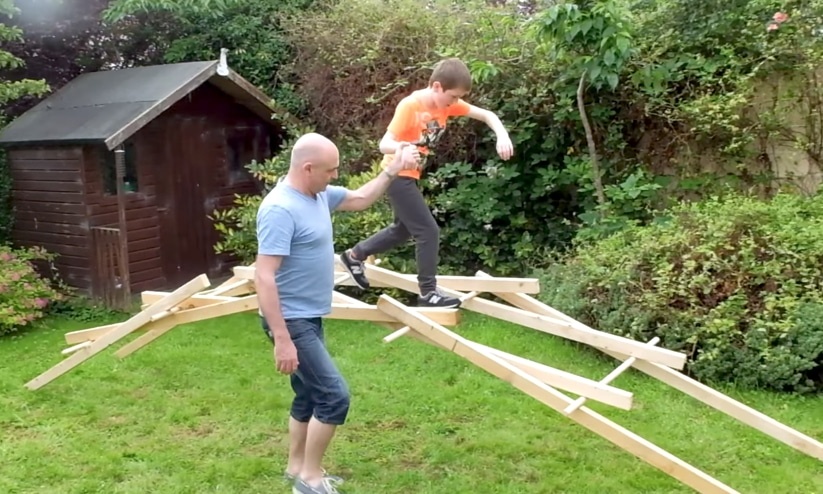
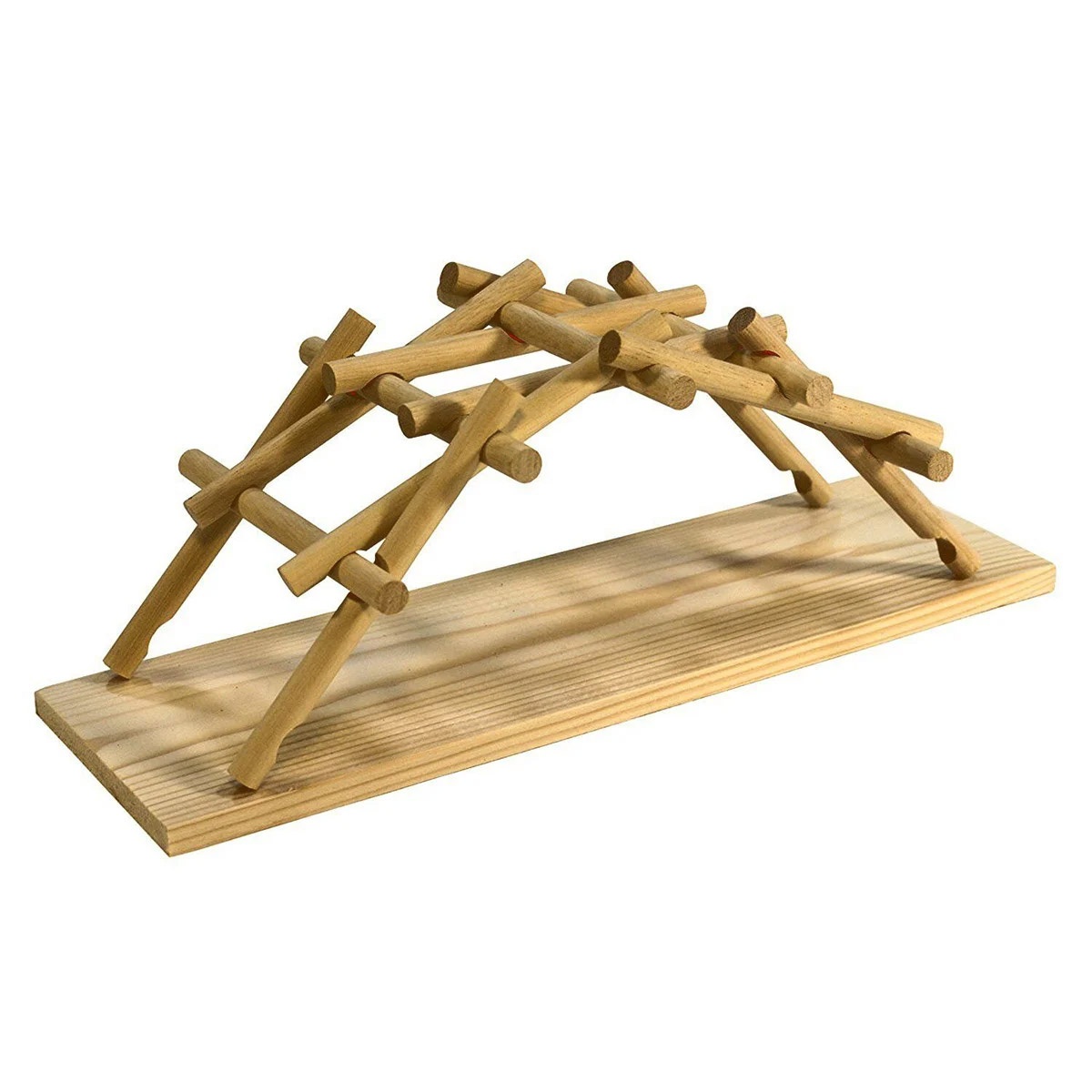
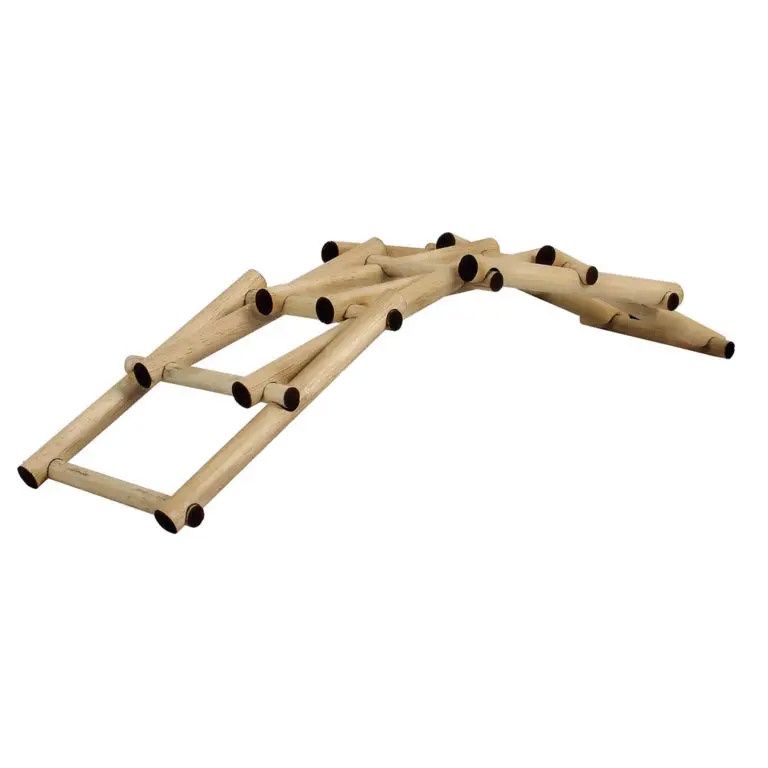
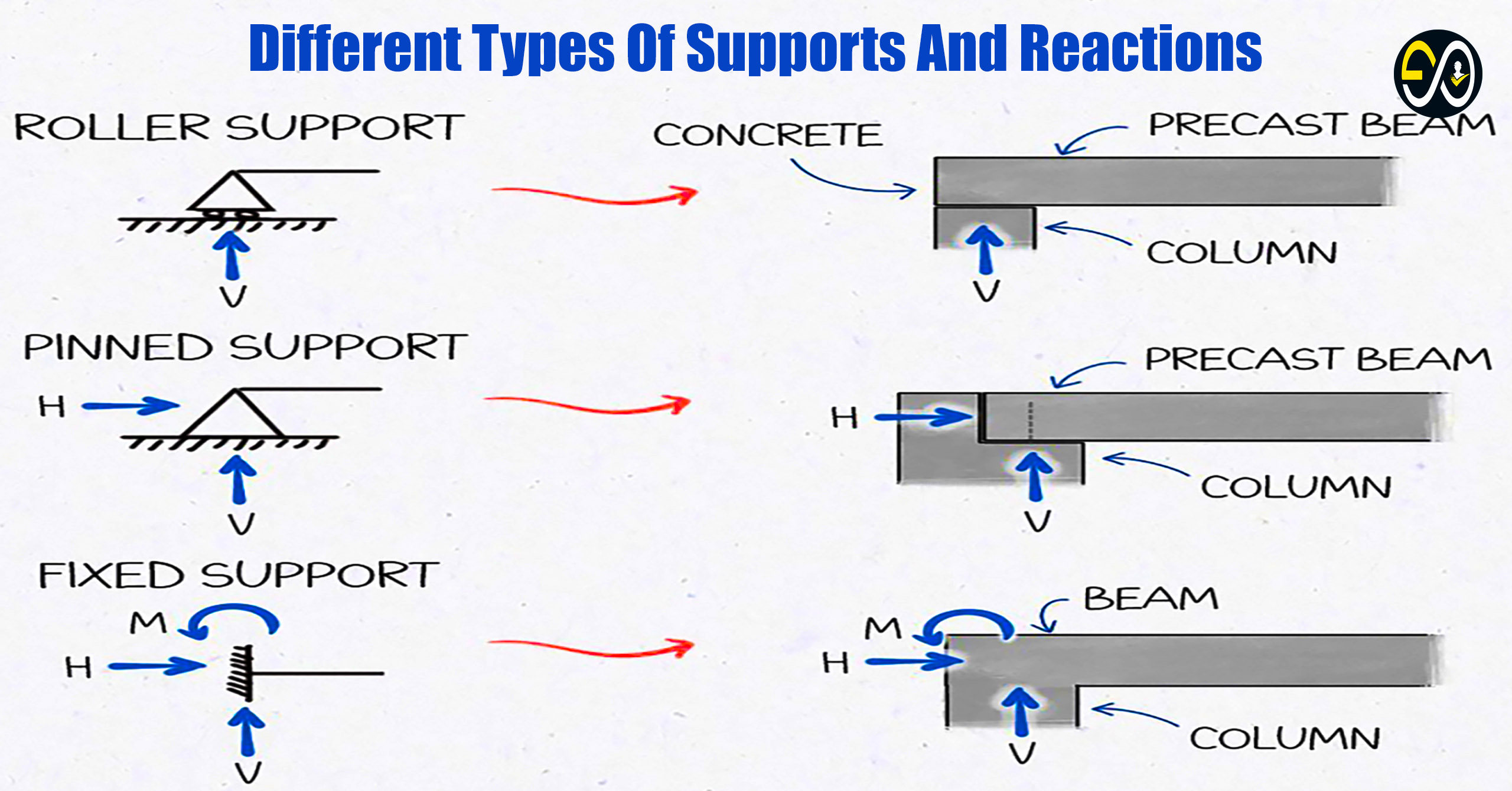
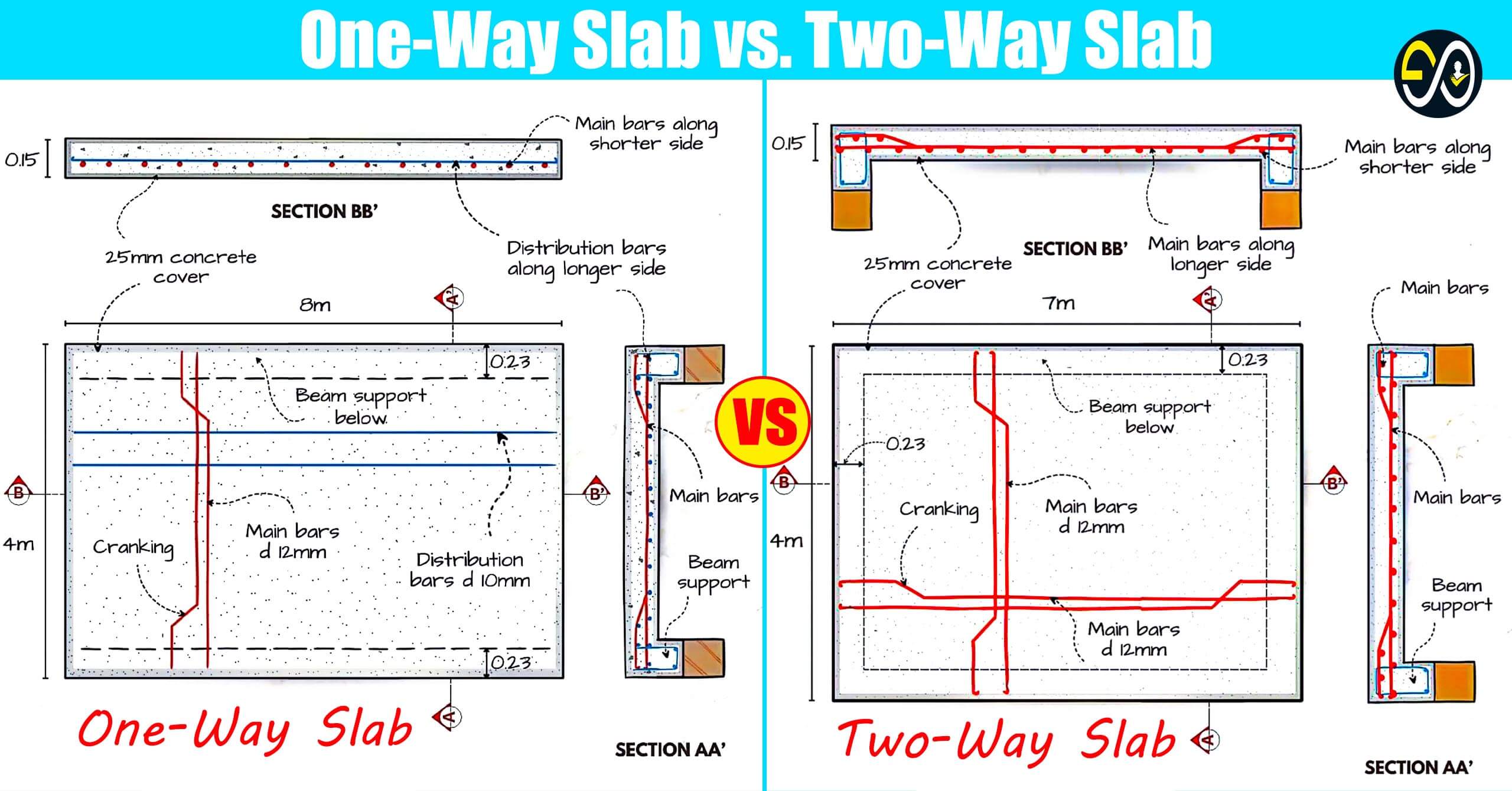

Hi, what’s the structural difference between Da Vinci’s self supporting bridge and traditional Chinese wooden bridge constructions, that were inscribed last year into UNESCO’s intangible cultural heritage list? Many thanks, Roland
[…] has inspired countless adaptations and replicas, including educational projects like building a Da Vinci Bridge with pencils to grasp these engineering concepts […]
[…] The bridge showcased his ability to think beforehand, combining practicality with ingenious simplicity. It also highlighted his ability to transform his theoretical knowledge into practical solutions. […]